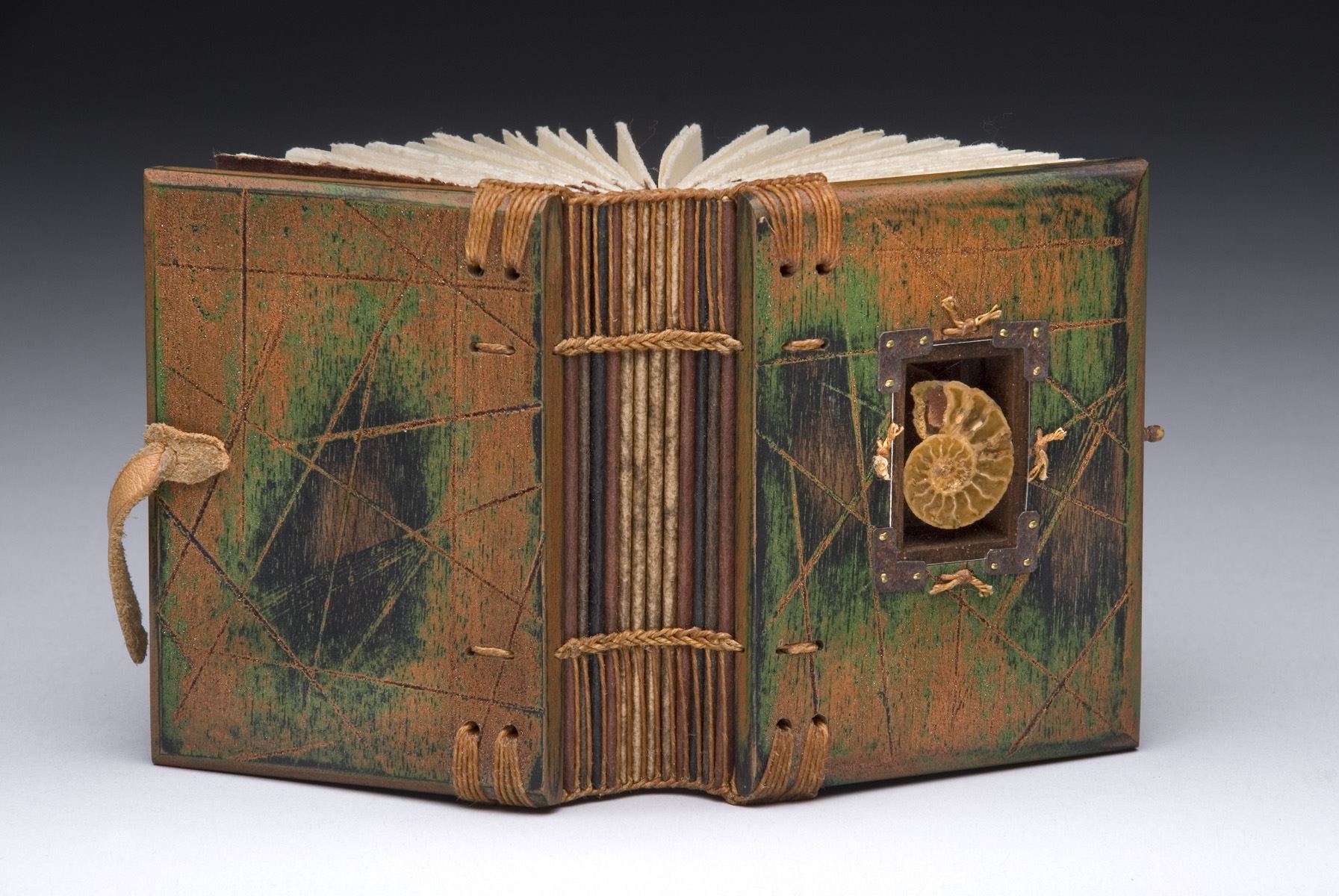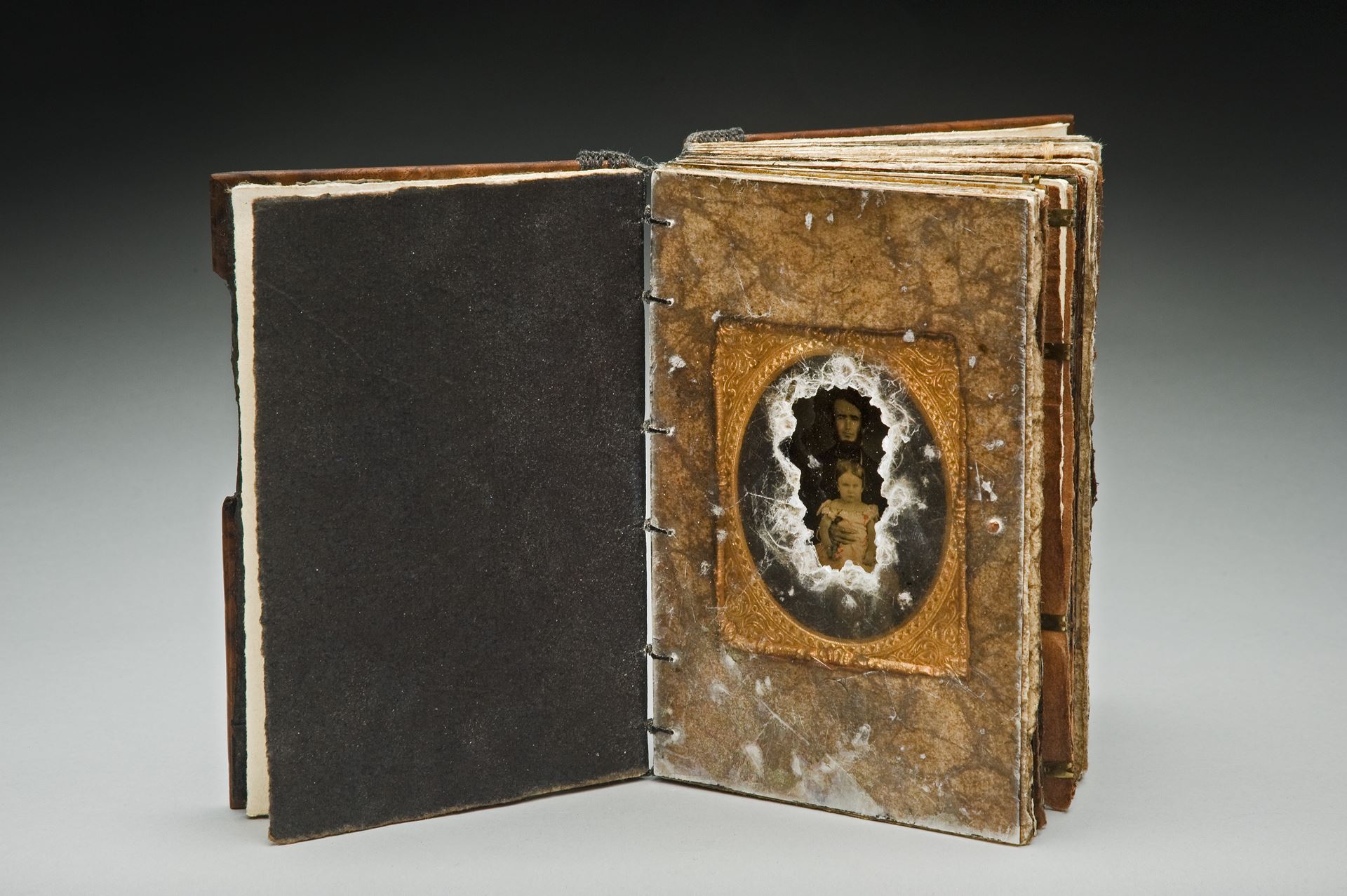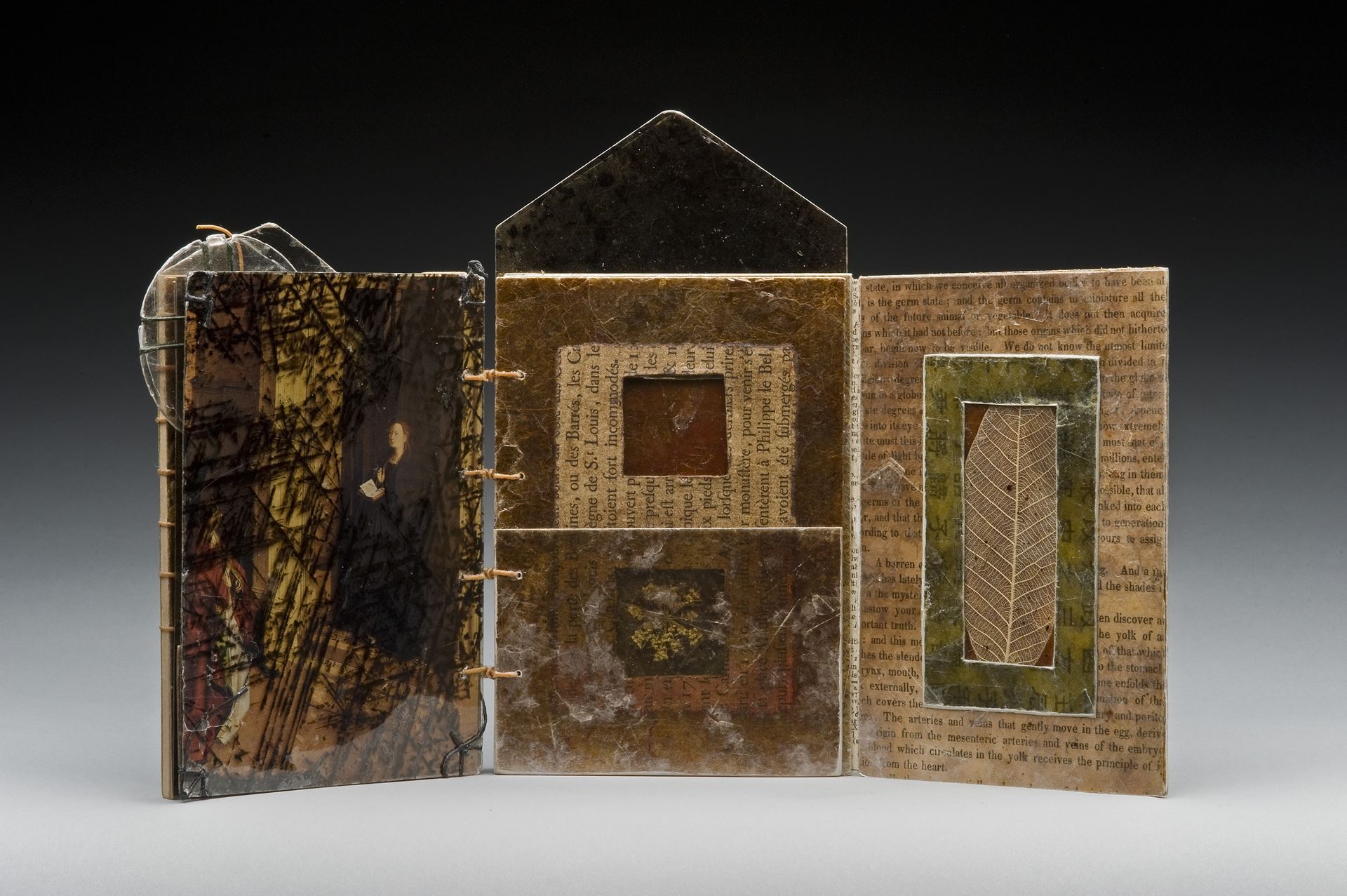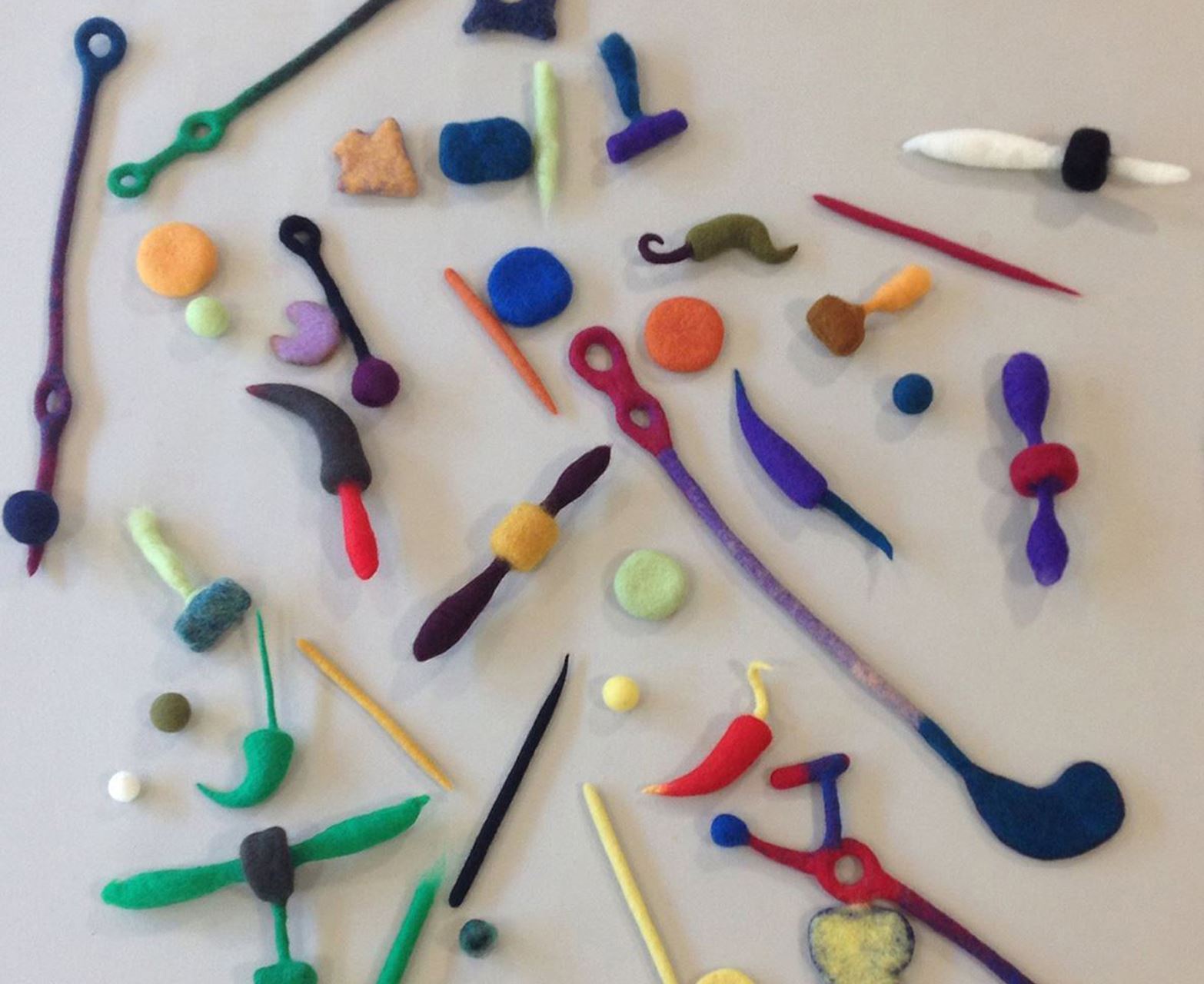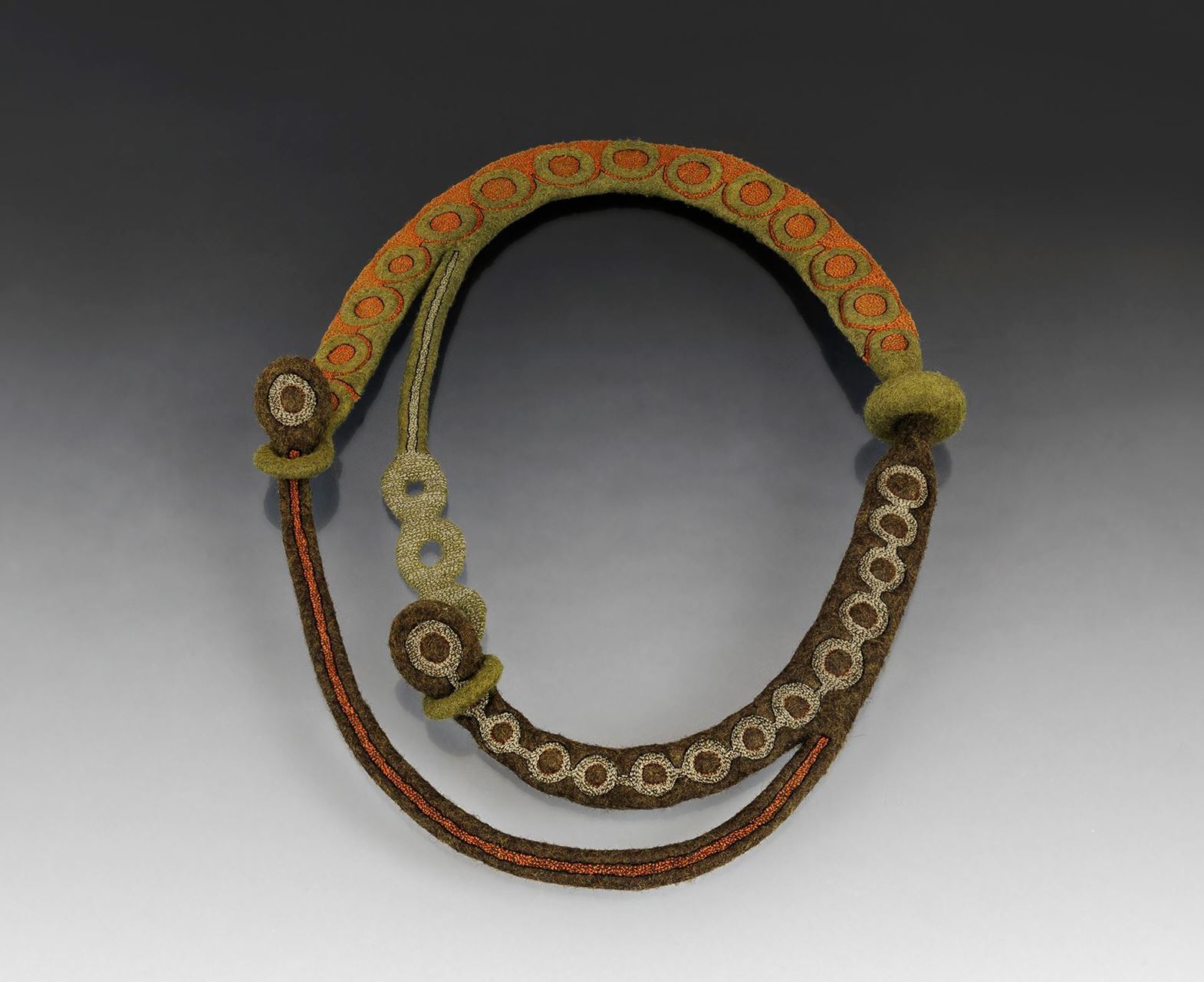ʻAHA HANA LIMA 2017
Gathering of the Crafts is an annual series of intensive 3-day hands-on workshops and lectures exploring various media: clay, metal, wood, fiber or glass and usually conducted by artist-craftsmen from outside Hawaii.
The Maui Daniel Essig workshop and lecture have been cancelled.
Photos from the workshops |
Matt SzöszGlass
| Dan EssigMixed Media
| Lisa KlakulakFiber
|
Oahu Slide Lecture & ReceptionOahu Public Lecture & Reception with Thursday March 16th 5:30-7:30 Please join us for a Presentation, Q&A and Reception. Free to the Public Media Contact | LocationLuke Lecture Hall |
Matt Szösz
|
|
|
|
Matt Szösz Oahu Workshop #1Out of the Box Maximum enrollment 14 $60 lab fee + Tuition Workshop half day
Workshop full day Media Contact Registration Closes March 13th, 9am | LocationCastle Arts Center |
This class will focus on using the fusing kiln as platform for hands on working of warm glass. Students will be shown techniques for building flexible, inflatable or un-foldable structures in flat glass, and how to successfully manipulate them at temperature. Students will also be encouraged to develop their own methods for the manipulation of warm glass, and for construction and assembly of associated forms, tools and jigs.
This will expand skill sets and possibilities in radical new ways, and open whole new areas for artist/ student exploration. Experimentation and innovation, as well as performative possibilities of the techniques, will be discussed and encouraged.
Matt Szösz Oahu Workshop #2Out of the Box Maximum enrollment 14 $60 lab fee + Tuition
Workshop half day
Workshop full day Media Contact Registration Closes March 20th, 9am | LocationCastle Arts Center |
This will expand skill sets and possibilities in radical new ways, and open whole new areas for artist/ student exploration. Experimentation and innovation, as well as performative possibilities of the techniques will be discussed and encouraged. |
Dan EssigDaniel Essig was born in St Louis Missouri, studied at Southern Illinois University, Penland School and the University of Iowa. Nineteen years ago he moved to Asheville, North Carolina where he has maintained a full time studio at Grovewood Gallery. Daniel Essig lectures and offers workshops at book centers, craft schools, colleges, artist retreats as well as privately. Dan has created wooden and sculpture books for over 25 years. He is a recipient of the North Carolina Artist Fellowship Grant. Daniel exhibits his work nationally and is in numerous private and public collections. Recently his work has been collected by the Smithsonian Renwick Museum, University of California Santa Cruz, McHenry Library, Special Collections and the Topeka Public library. Many of Daniel’s sculptural pieces are featured in The Penland Book of Handmade Books. Artist Statement
Some people use my books as journals and fill them up with words. I don't write in my books. For me, the books themselves are journals, visual records of my life and work.
I am interested in traces of the past, ancient binding styles, reliquaries, distressed finishes, and found objects. Since I was six or seven years old, I've been collecting small objects. I have seashells and interesting rocks that I collected at the beach on childhood vacations I've stored up seedpods, rocks, bones, shells, bits of rusty metal, nails, animal teeth, fossils. They represent periods in my life, even just days or moments. I keep my collection of relics in drawers, bottles, and boxes within a single small room in my house. The space has the feel of a German Wunderkammer, a "cabinet of curiosities." I often sit in the room and scan my collection, seeking just the right object to inspire a new book or sculpture.
A symphony conductor who collects my work once told me that he hides my books in a basket every evening before going to bed so they won't be stolen during the night. Until fairly recently all books were prized possessions -- medieval libraries chained books to the shelves to prevent theft. In those days each volume was crafted with precision, elaborately decorated and embellished with precious stones and metals. I aim to make my books just as precious as those medieval manuscripts.
Most my work has a Coptic book at its heart. The binding was first used in the fourth century, in Ethiopia. I became interested in the healing aspects that the books played within this culture which led in turn to a fascination with the magical and healing properties employed in both Reliquaries and N’Kisi N’konde figures. |
|
|
|
Dan Essig Oahu WorkshopWooden Covers, Mica Pages Maximum Enrollment 12 students $53 lab fee + Tuition Workshop half day
Workshop full day
Contact Sharon Doughtie Registration Closes March 13th, 9am | LocationCastle Arts Center |
|
Lisa KlakulakLisa Klakulak’s creativity was nurtured at a young age by her mother’s arts, good public-school art programs in the suburbs of Detroit, and classes at the local art association. With these foundational experiences as well as self-directed exploration in fabric dyeing, sewing, and off-loom bead weaving, Klakulak began her BFA studies in 1993 at the University of Colorado. During her college years, she exhibited sculptural beaded jewelry at local art cooperatives and independently pursued the study of natural dyes, graduating in 1997 from Colorado State with a BFA in Fiber Arts. Klakulak relocated to Taos, NM to work as the chief natural dyer for a fiber supplier and began selling her work at Fine Art and Craft Shows. International travels over the millenium intensified Klakulak’s textile focus, motivating her move to the southeast to study at Penland School of Craft and to accept an Artist-in-Residence position at The Appalachian Center for Craft, in Smithville, TN. While at ACC from 2002-2005, Klakulak extensively explored the medium of felt, educated children in middle Tennessee public schools through ACC’s Outreach Programs, began instructing adult workshops and acquired a K-12 Visual Arts certification. Klakulak, now residing in Asheville, NC, creates wearable textiles, accessories and non-functional sculpture as well as instructs workshops worldwide. She pursues opportunities to work with children to integrate fiber art into the visual art curriculum and to raise cultural awareness and appreciation by way of her international travels. |
|
|
|
Lisa Klakulak Oahu WorkshopResist-Based Pendants: Hollow Forms and Object Entrapment Limit 10 Students $25 lab fee to be paid to instructor Workshop half day Media Contact Registration Closes March 13th, 9am | LocationUniversity of Hawaii at Manoa |
Maximum student enrollment of 10 participants Explore multiple three-dimensional techniques for small-scale object development by way of employing resists to keep specified areas from felting together including a bail for hanging. Study how the relationship of the weight of wool fibers to the area of layout determines the sizeof hollow forms and the quality of the felt. Sculpt unique hollow forms by modifying the density of fiber layout by incorporating shapes of partially felted wool. Additionally, learn to entrap a durable found object in a thin, high shrinkage felt skin and cut away specified areas to reveal the objects color, texture and material complexity of your chosen object. Approx $25 USD Material Fee (to be paid to instructor): Moroccan olive oil soap, Merino wool, needles and thread, resist material, agitation mat, razor Student Materials to Bring: a collection of 2-5 objects no larger than 3” and no smaller than 1” in any direction made from material that won’t break down when wet/soapy and agitated (rubber, plastic, wood, rock, shell, glass, non-rusting metal, etc), 1 piece of small bubbled bubble wrap measuring 12” x 30”, 12” of a foam swimming pool noodle or PVC pipe 1”-2” in diameter, a pair of waist high nylons, a dish or small bucket for holding water (approx. 6”h x 5”w), a couple hand towels, small sharp scissors, a note pad and writing utensils, a calculator, a measuring tape Not mandatory to bring, but helpful: hand carders for blending colors, a small 18mm rotary cutter and cutting mat (instructor will have these items for sale), a digital scale measuring to an accuracy of .0 or .00 grams (purchase at http://www.oldwillknottscales.com/pocket-miniscale.html) |
Lisa Klakulak Kauai WorkshopSolid Form Felting Techniques Limit 10 students $30 lab fee to be paid to instructor Workshop half day Media Contact Mark Mitsuda Registration Closes March 20th, 9am | LocationKauai Society of Artists |
All levels Maximum student enrollment of 10 participants Explore solid felt forms of spheres, discs, barrels, cones, hoops and cords. Learn graceful connection techniques for wet felting these basic forms together for making more complex clasps, hinges and undulating cords applicable for adornment, wearable closures and/or sculptural elements. Learn the appropriate tension and crosshatched preparation for dry wrapping and needle felting when preparing solid forms for wet felting. This technical sequence provides sample air space for shrinkage resulting in well-integrated surfaces that won't pill! Additionally, explore the integration of partially felted shapes in the dry preparation to create more defined edges and intriguing shapes by providing specific areas of greater felt density. Approx $30 USD Material Fee (to be paid to instructor): Moroccan olive oil soap, Merino wool, agitation mat, single replaceable 40 star needle tool & foam, skewer, razor Student Materials to Bring: a dish or small bucket for holding water (approx. 6”h x 5”w), a couple hand towels, small sharp scissors, a disposable shaving razor (preferably with two blades and no moisture strip-look in the men’s razor section), a note pad and writing utensils, a calculator, a measuring tape Not mandatory to bring, but helpful: hand carders for blending colors, a small 18mm rotary cutter and cutting mat (instructor will have these items for sale), a digital scale measuring to an accuracy of .0 or .00 grams (purchase at http://www.oldwillknottscales.com/pocket-miniscale.html) |
Lisa Klakulak Kauai Lecture & ReceptionPublic Lecture Thursday March 23rd 5:30-7:30 Please join us for a Presentation, Q&A and Reception. Free to the Public Media Contact | LocationKauai Society of Artists |
Tuition & Facilities use InformationTuition Fees ( per workshop) Oahu & Kauai Non-Member $350, Member $275, Student (W/ID) $150 Facilities Fee Maui Non-Member $350, Member $275, Student (W/ID) $150 LAB FEES ARE ESTIMATES AND ARE NOT EXPECTED TO INCREASE, HOWEVER STUDENTS WILL BE NOTIFIED OF REQUIRED TOOLS AND/OR MATERIALS AND SHOULD BE PREPARED TO SUPPORT EXTRA FEES AS EXPENSES WARRANT |
Student Scholarships
Applications are now closed.
A limited number of student scholarships are available.
Applicant must be a full-time undergraduate or graduate student and a current Hawai'i Craftsmen member. Please download the Stella O.H. Lee Scholarship Application Form for more details.
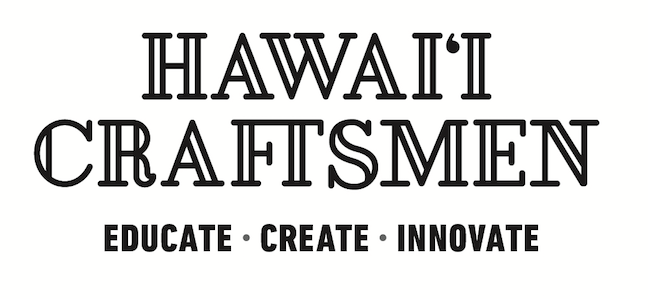
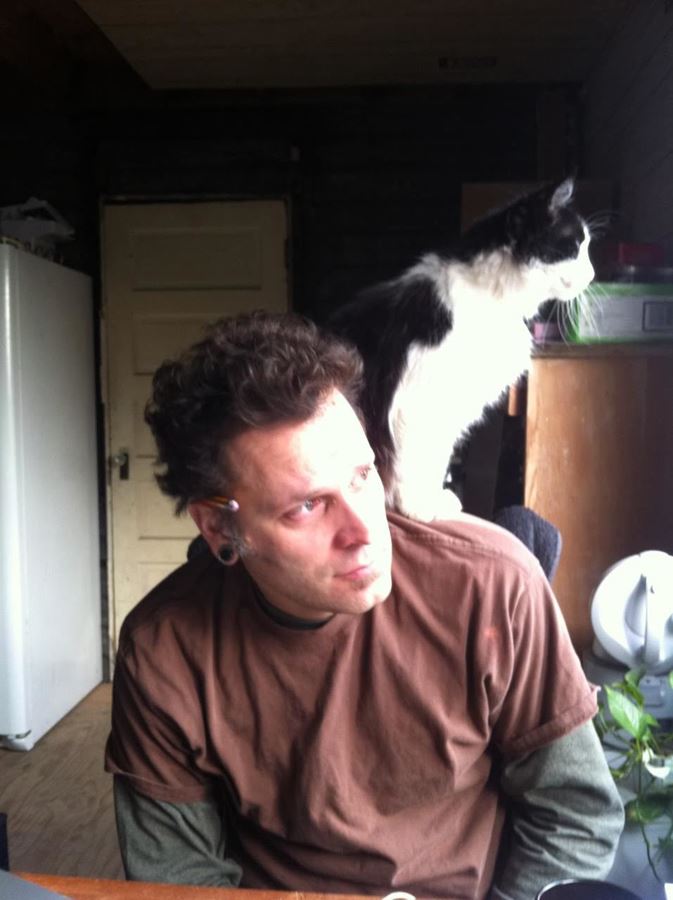
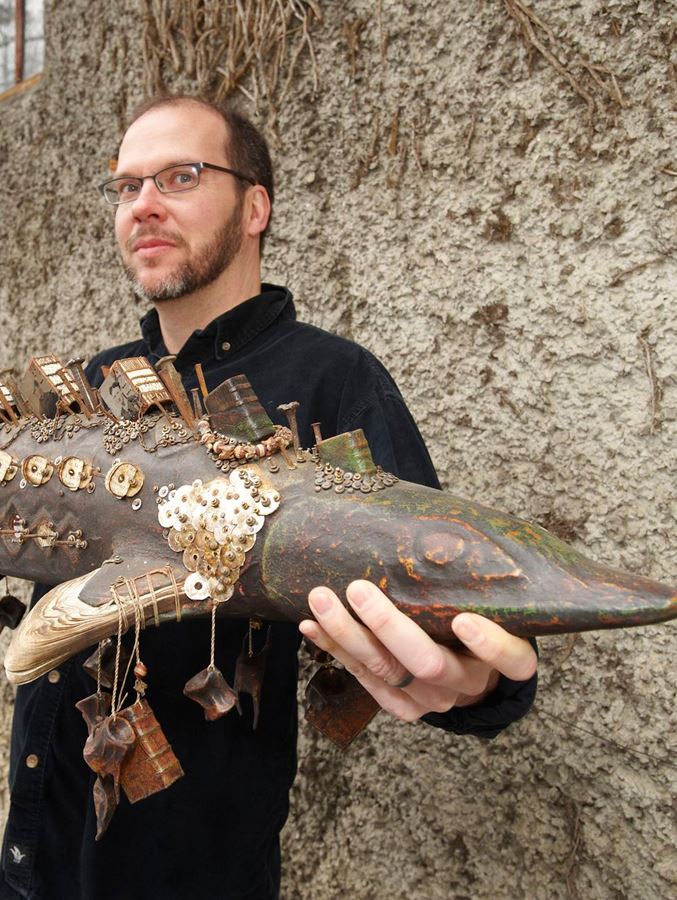
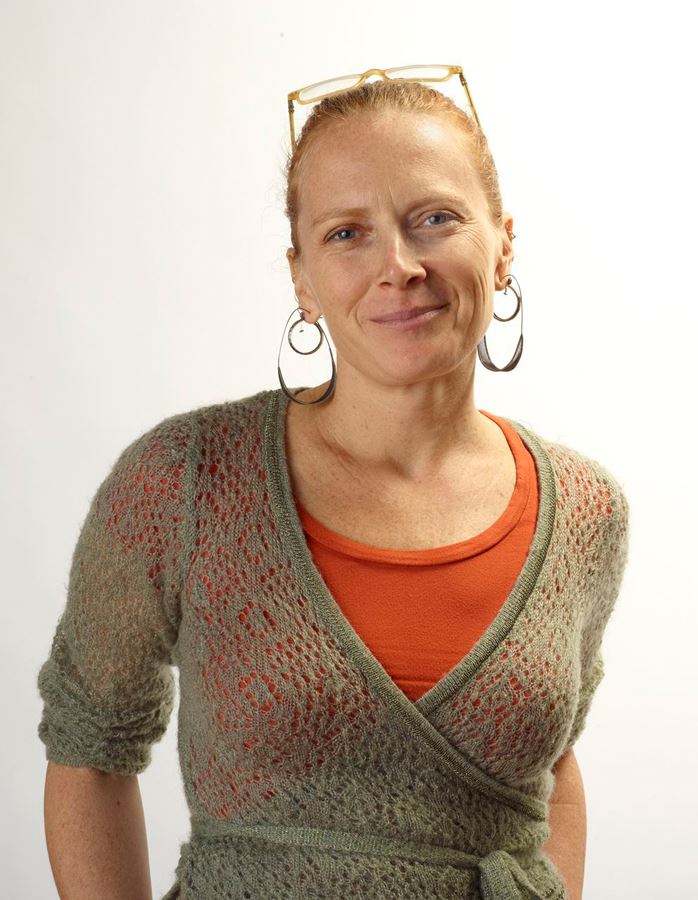
no71.jpeg) Matthew Szösz - untitled (inflatable) no. 71
Matthew Szösz - untitled (inflatable) no. 71no61.jpeg) Matthew Szösz
Matthew Szösz 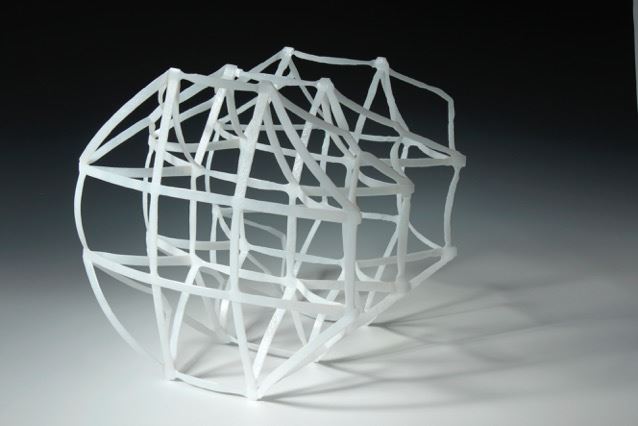 Matthew Szösz - Snare
Matthew Szösz - Snare